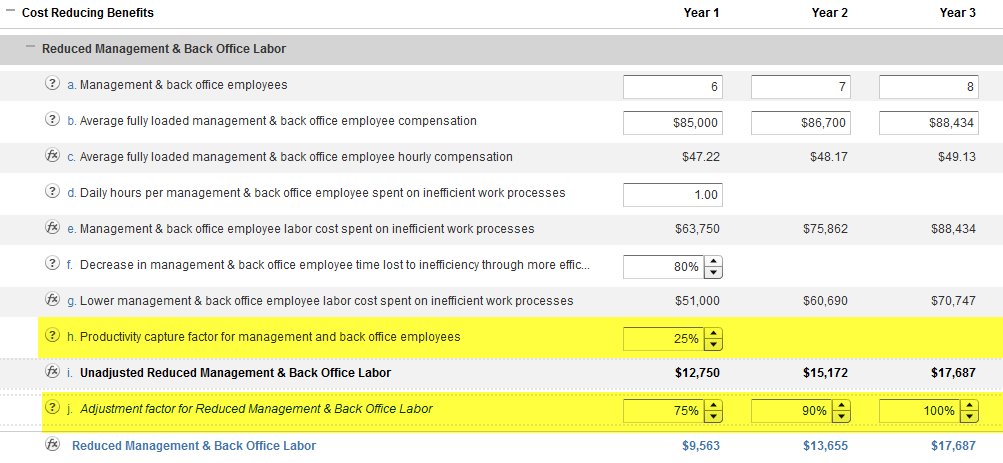After weeks of meetings, sales pitches, and product demonstrations, how often has a customer responded with a hesitant “maybe?” You can change the game with a well-crafted business case that transforms a one-sided product showcase into a compelling story of value, efficiency, and strategic foresight.
Knowing the right time and context to use value selling tools is crucial for B2B sales success. Two popular tools are Return on Investment (ROI) and Total Cost of Ownership (TCO). While both can prove cost effectiveness, they have different purposes and are most effective in specific sales situations.
How frequently do you use the term “ROI” in front of customers and potential buyers?
I frequently hear sales and marketing professionals talk about “ROI” inaccurately. In a casual conversation, people might still give you the benefit of the doubt and have faith that you know your stuff. However, if you’re making a formal presentation or having a serious conversation with a prospect who’s well versed in financial terminology, any misuse of the term could obviously leave a disastrous impression about you and your company.
I truly believe in the power of ROI tools and value calculators to help generate better, more qualified B2B marketing leads and enhance a B2B sales rep’s ability to close a deal. If I didn't, I wouldn't be in the business of selling them. Here are my responses to common objections to value selling tools:
There are a couple of categories of value dimensions that will often be challenged by a prospect when you are building an ROI-based business case, and labor savings is at the top of that list. Labor savings tend to be tough to get customer buy-in for a number of reasons:
- Labor Savings are often spread across many people’s time and thus are considered soft or indirect benefits without real economic impact
- In order to capture the labor savings, the company often needs to take some action (reduce headcount, avoid hiring more workers, or reallocate employees to other value-added activities)
- Often the people that you are dealing with when building the business case are the people that will be impacted by the actions required (e.g., selling a technology solution to the IT department that reduces IT headcount may be difficult)
- Companies have been promised productivity gains many times, but rarely have they seen the results.















